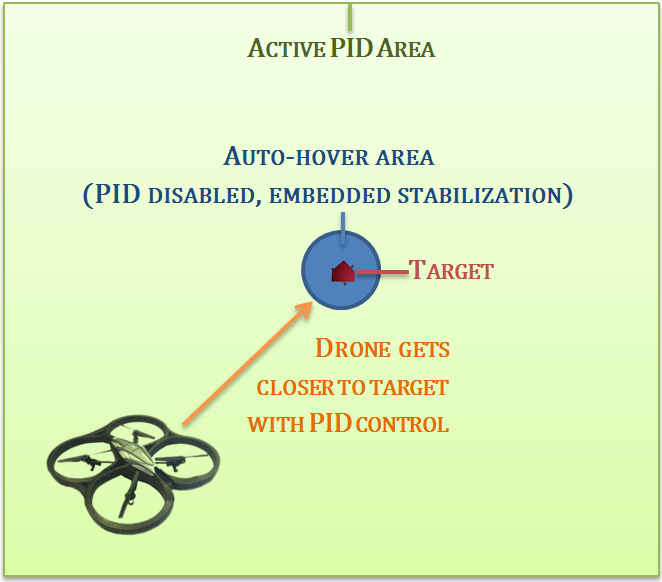Rectangle Formation_1
Post on: 10 Июль, 2015 No Comment

It has been noticeable over the years to technical analyst that price patterns are repetitive.
One the first price patterns and price formation we will study is the rectangle formation/pattern.
RECTANGLE
When the price of the stock falls buyers get excited about buying low and sellers are less excited so they pull out and wait to sell at higher prices. As the price of the stock rise buyers pull out and wait until the price drops but sellers get excited as they can sell to a buying market.
Both buyers and sellers reach a point where there is a lot of disagreement about the price and eventually the price breaks out in the direction of either the buyers (up) or sellers (down). We can then join the highs of the peaks and the lows of the troughs to form a nice rectangle pattern. Let’s illustrate this with a real life example.
As you can above the first circle illustrates the rectangle pattern where buyers and sellers are undecided as to where the market is heading. Eventually the buyers win the battle and price broke out the sideways pattern. This is known as accumulation.
The second circle illustrates the reverse where sellers take control. Buyers could not push the price any further. There was too much supply and not enough demand, price eventually broke down from the rectangular pattern. This is known as distribution.
The term consolidation refers to the sideway movement of the stock. This pattern often occur in the futures market and currency markets too.
Measuring Objectives
As with many other technical patterns most pattern have measuring objectives. There are many books like the chart pattern encyclopedia which gives you very good statistics on each pattern and what the likelihood of each measuring objective being achieved.
What is the measuring objective for rectangle formations.
Measure from the high of the formation to the lowest point of the formation and project it in the direction of the breakout. Keep in mind that the objective is always achieved in one go. It might take several retracement pull backs to support areas before the measuring objective is achieved.

Let’s show an example of how to project price movement on a rectangle formation.
As you can see we measured the distance between the lowest point and the high of the rectangle formation. We then project this distance up as the breakout was clearly up. The objective target was reached within two weeks. Also notice the huge volume spike when the price broke out. This is a clear indication that the upside break out has enough fuel to take it to it’s objective. Whenever you see a break out like the one shown above without much volume be very skeptical as the objective might not be reached in a hurry. You might experience a retracement pull back before the price moves up again.
Let’s show you an example of a retracement pull back before price reaches measuring objective.
As you can see above when CBA broke out of the rectangular formation it didn’t quite reach it’s measuring objective but as we highlighted for you with a red circle price bounced back from the support area and continued and until measuring objective was reached.
Another indication that could have helped you stay in that trade was the clear long term uptrend on the stock. This was just another confirmation that there were good probabilities that the stock would continue it’s nice uptrend.














